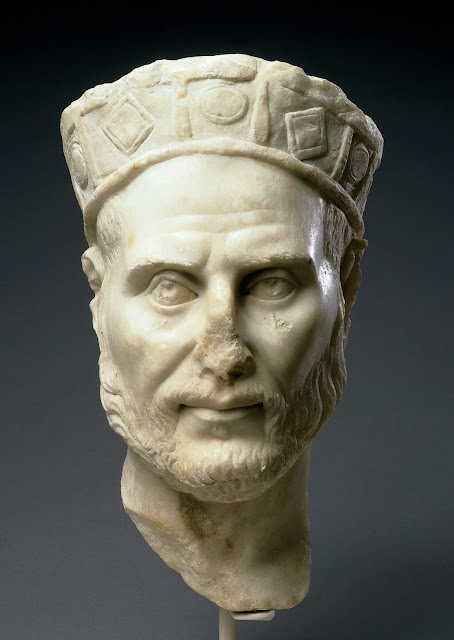Greek, Roman, Egyptian, and Nabatean Art at the Cincinnati Art Museum in Cincinnati, Ohio.

Greek, Roman, Egyptian, and Nabatean Art at the Cincinnati Art Museum in Cincinnati, Ohio. Portrait head of a priest or magistrate from Greece or Asia Minor, 3rd century CE. Image courtesy of the Cincinnati Art Museum. The Cincinnati Art Museum possesses a distinguished collection of ancient art from the Mediterranean region and the Near East. Spanning some four thousand years from the fourth millennium B.C.E. to the early centuries C.E. This notable collection features major examples of stone sculpture, decorated metalwork, painted wall carvings and ceramic vessels from ancient Egypt, Greece and Rome as well as an exceptional collection of Nabataean sculpture and decorated architecture—the largest collection of material of its kind outside of Jordan.















